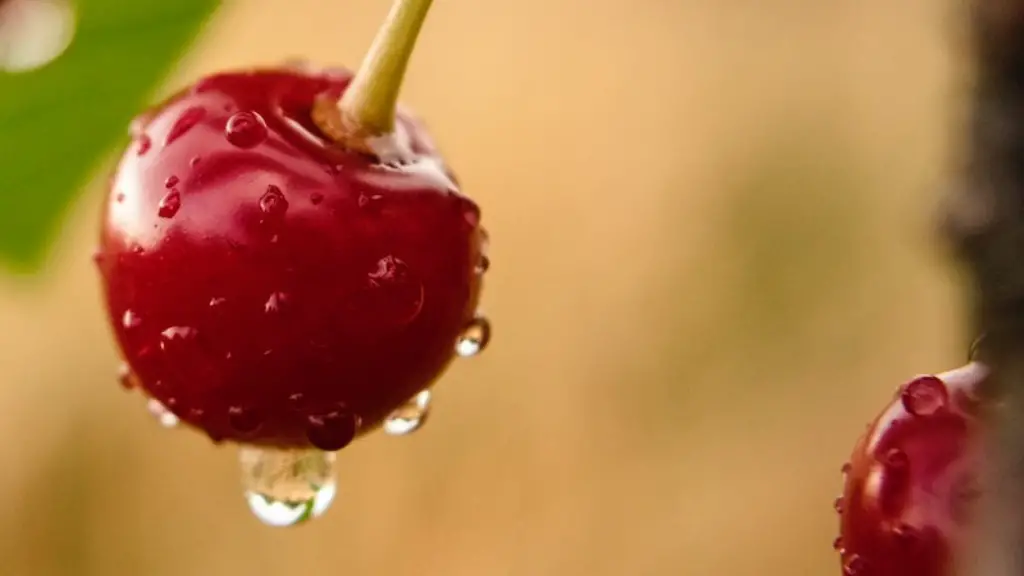Transplanting a lemon tree into a pot is a great way to bring a taste of summer into your home or garden. The process is relatively straightforward might require a bit of patience and attention. Here is a step-by-step guide to help you successfully transplant your lemon tree.
Firstly, preparing for relocation is essential. Before you start, make sure you have the right pot, soil and fertilizer. The pot should be big enough to give the root system plenty of room to spread. Choose a light, well-draining soil, and always use a water-soluble fertilizer.
Next, it’s time to remove the lemon tree from its current location. Working from the outside of the rootball, gently tease the soil away using your fingers and a fork. You should be able to do this without much resistance. If there is a lot of resistance, you may need to trim some of the roots to make the process easier.
Thirdly, transferring the tree to the pot. Place the tree in the centre of the pot. Use your hand to spread the roots out evenly and allow them to rest against the sides. Top up the soil and use your hands to tightly pack the soil around the edges, ensuring there are no air pockets.
Fourthly, the soil must be well-watered for the first month after transplanting. This will help create stable conditions for when the tree begins to settle. An alternative is to use a hydroponic solution, but this should only be done with a soil-based system. To ensure your tree is receiving sufficient water, look out for signs such as wilting leaves or drying soil.
Finally, prune the lemon tree. Before transplanting, prune any branches or dead leaves, and remove any weak or damaged roots. This will help the tree focus its energy on the roots during the first few weeks of its new home. Pruning should be done regularly to help promote strong and healthy growth.
Caring for Your Lemon Tree
Caring for a lemon tree that has been transplanted into a pot requires ongoing attention. Firstly, your tree will require plenty of sunlight as well as water. Place it in an area that gets at least six hours of direct sunlight per day. Secondly, water your tree regularly, making sure to provide enough water for the roots to absorb without creating excessive moisture.
Thirdly, fertilize your lemon tree. To ensure it gets the nutrients it needs, use a balanced, slow-release fertilizer every three weeks. Do not over fertilize as this can lead to excessive growth, which could result in the roots becoming cramped and stunted.
Fourthly, pest control. Keep an eye out for pests such as aphids, which can quickly spread and become very hard to control. If you come across pest infestations, use a pesticide to contain and destroy the insects.
Finally, prune away dead or diseased branches to promote healthy growth and prevent the tree from becoming too top-heavy. Also, make sure to regularly remove any fallen leaves or debris from the ground around the tree.
Root Repotting
When a lemon tree is growing in a container, it is important to repot it when the roots become cramped and are filled with soil. Firstly, select a new pot of the same size or slightly larger, and use a light and well-draining soil. Secondly, remove the tree from the original pot and prune and remove any dead or weak roots if necessary. Thirdly, carefully place the tree and its roots into the new pot, fill it with soil and lightly pack around the edges.
Fourthly, water the new soil and use a water-soluble fertilizer to provide the tree with the essential nutrients it needs to grow. Finally, add a layer of mulch around the base of the tree and make sure to keep it away from the trunk, as this can cause suffocation.
Harvesting Your Lemons
Harvesting your healthy and juicy lemons can be a rewarding experience. To begin harvesting, you need to wait until the lemons have turned yellow and are slightly soft to the touch. Once your lemons are ripe, you must be careful not to pull or twist the stalk as this can cause damage to the tree.
Secondly, use a pair of pruning shears to cut the stalk, leaving a few inches untouched at the base of the fruit. If the fruit is difficult to cut, you can use a knife. Finally, pick up the fruit, give it a light shake, and gently pull it away from the tree.
Preparing Your Lemons
Once you have harvested your lemons, it is time to prepare them for use or storage. Firstly, wash the lemons in cool water to remove any dirt or debris, then dry them off with a paper towel. Secondly, cut the lemons in half and use a knife or spoon to remove the seeds. Thirdly, remember to store them in a cool, dry place to help preserve their flavour and shelf-life.
Fourthly, you can use them as a garnish for salads, deserts, drinks and much more. Finally, lemons can be frozen for up to six months, allowing you to enjoy freshly harvested lemons all year round.
Troubleshooting
Lemon trees can be affected by various pests and diseases. Firstly, look out for signs such as wilting or yellowing leaves, or discolouration in the fruit. If you encounter these signs, inspect your tree and look for the cause. Secondly, if necessary, use an appropriate pesticide to treat the affected area.
When it comes to root diseases, as long as the root system has not become too overgrown, there is a chance that the tree can be saved. Thirdly, prune away any dead or diseased parts of the root system and inspect the rootball to see if it is still viable. Finally, transplant the tree into fresh soil, and make sure to keep the soil well-watered in the following weeks.



